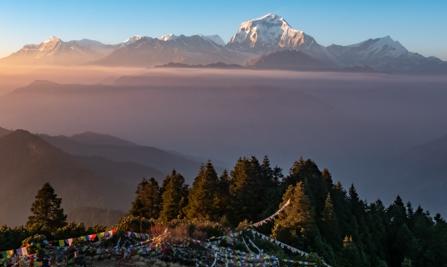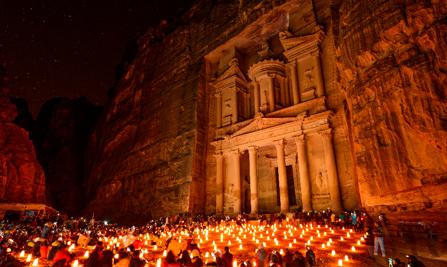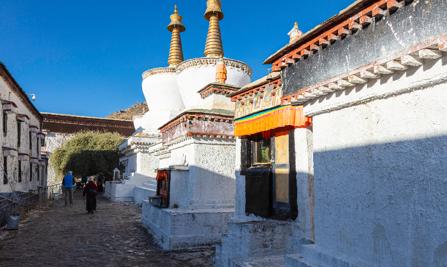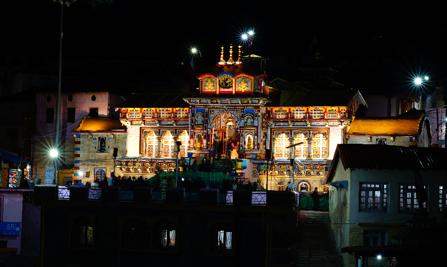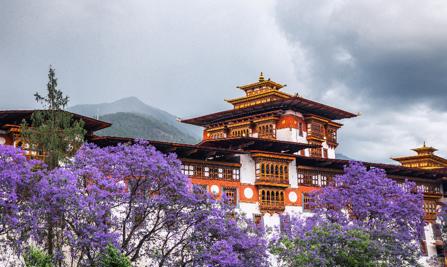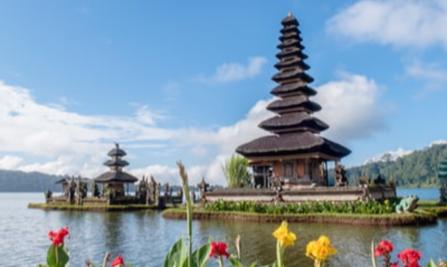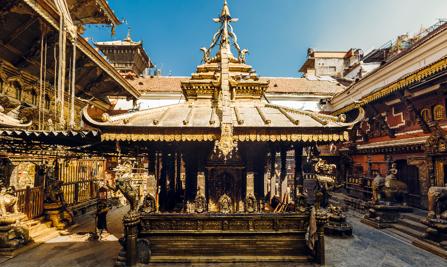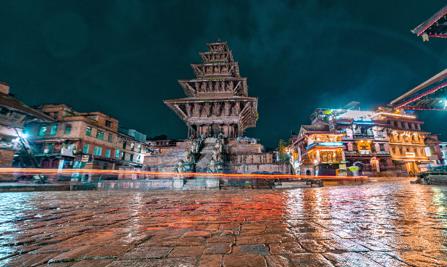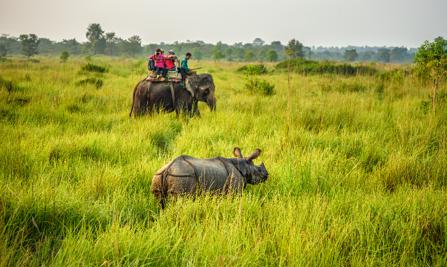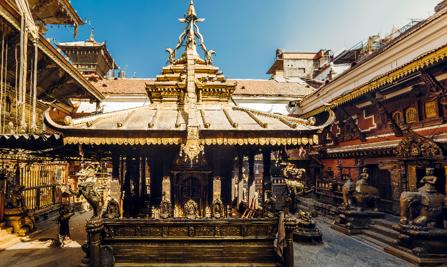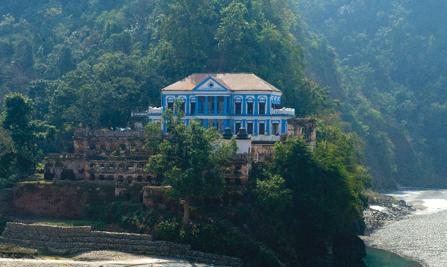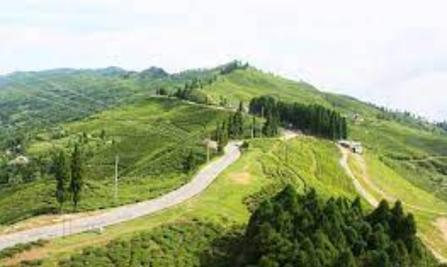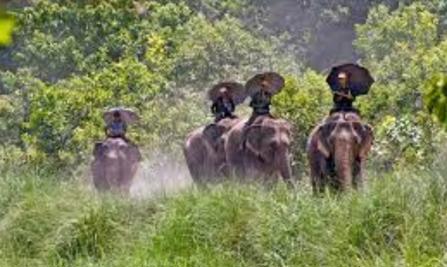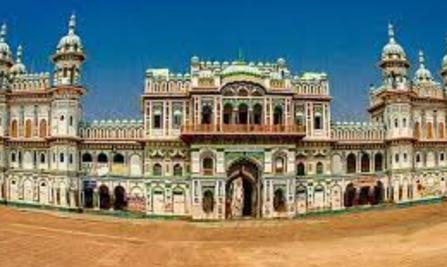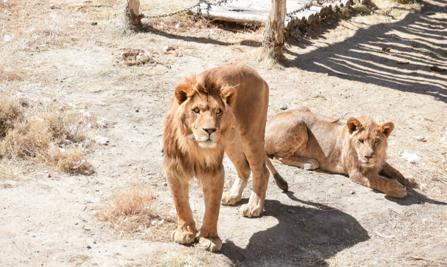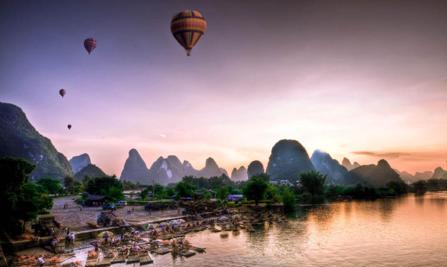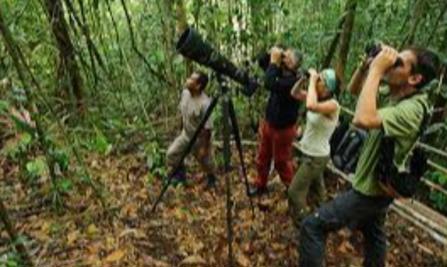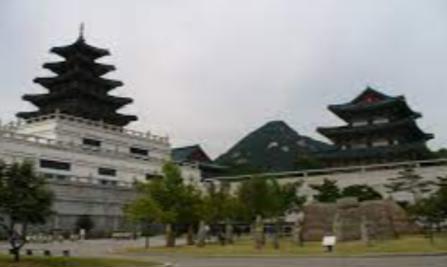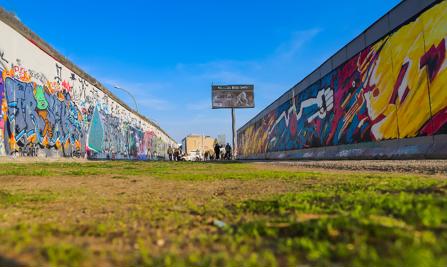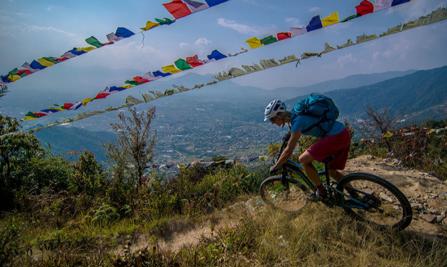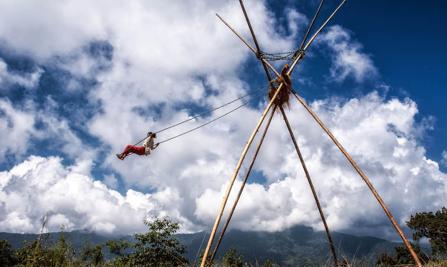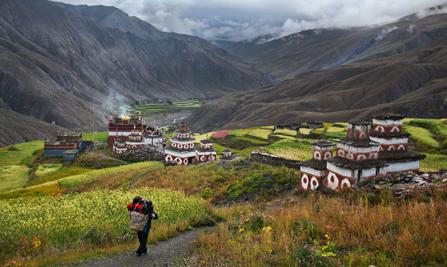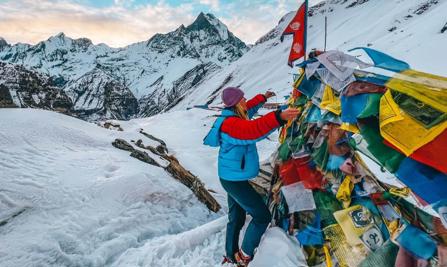Popular Packages
These packages include the most stunning locations.
Blog Post
Blogs from our travel diary
Half-Day Countryside Bike Tour
Kathmandu to Chobar is an awe-inspiring picturesque journey on wheels of cultural and historical significant. Get on a mountain bike and follow your guide to the tranquil outskirts of Kathmandu… Read more
Dashain festival and its impact on Nepal Tourism
The festivals have always been a detrimental factor that has had a major impact on the development of cultural tourism in Nepal. Having said so Dashain is no different in the context of the value it… Read more
Dunai - A heavenly corridor to Dolpo
Situated at an altitude of 2000m, Dunai is a town occupied by a scanty population of meager 350 households which is perplexing yet fascinating. There can be no denying about the fact the Dunai is a… Read more
Empowering Adventures: Solo Female Travelers in Nepal
As the world of travel continues to evolve, solo female travelers are breaking barriers and exploring destinations that were once considered off-limits. Among these intrepid explorers, Nepal stands… Read more


